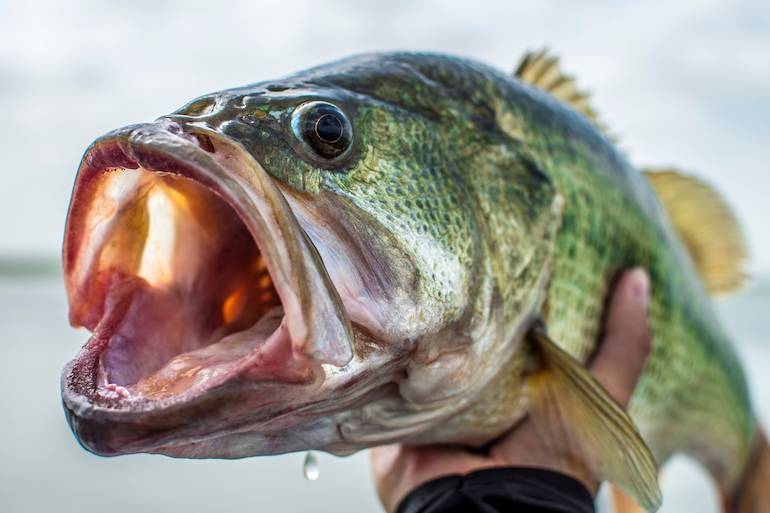The Gentle Art of Catching and Releasing Bass: Ensuring Survival for Future Anglers
Catching and releasing bass is a responsible practice that ensures the conservation of fish populations and maintains the thrill of fishing for generations to come. By employing proper techniques and handling practices, anglers can increase the survival rates of released bass. This article guides you through the steps to catch and release bass without causing harm, allowing both the fish and the angler to thrive.
- Select the Right Equipment
Start by using appropriate gear designed for catch and release. Opt for barbless hooks or hooks with flattened barbs, as they cause less damage to the fish’s mouth and make unhooking easier. Additionally, choose a fishing line with adequate strength to minimize the fight duration.
- Minimize Fight Time
Extended fights can exhaust the bass, reducing their chances of survival after release. Maintain steady pressure on the fish while reeling it in, preventing excessive stress. A shorter fight time increases the bass’s energy reserves for post-release recovery.
- Use Proper Landing Techniques
When landing the bass, avoid lifting it out of the water using the line or rod. Utilize a landing net with knotless mesh to minimize damage to the fish’s scales and fins. Keep the bass in the water as much as possible to prevent unnecessary stress.
- Handle the Bass Gently
Handling the bass with care is crucial to its survival. Wet your hands before touching the fish to protect its protective mucous layer. Avoid squeezing the fish, especially around the gills, as this can cause internal damage. Hold the bass horizontally, providing support for its body, and avoid excessive handling to reduce stress.
- Unhooking the Bass
Efficiently unhooking the bass is essential. Use needle-nose pliers or forceps to remove the hook gently. If the hook is deeply embedded, it’s often better to cut the line close to the hook rather than risk injuring the fish further.
- Minimize Air Exposure
Exposing bass to air for extended periods can harm their respiratory system. Keep the fish in the water while unhooking and photographing. If you need to take a picture, hold the fish gently over the water, minimizing its time out of the water.
- Revive the Bass
Before releasing the bass, ensure it’s fully revived. Hold the fish in the water, facing the current, allowing water to flow over its gills. This helps oxygenate its bloodstream. When the bass shows signs of strength and is ready to swim away on its own, release it gently.
- Choosing the Right Location
Select a release location with clean, well-oxygenated water and minimal current. Avoid releasing bass into areas with high fishing pressure or limited cover, as it could impact their survival.
Conclusion
Catching and releasing bass without causing harm is a responsibility that every angler should embrace. By using the right equipment, handling techniques, and proper care, you can ensure the survival of these remarkable fish for future generations of anglers. Let’s contribute to the conservation of our aquatic ecosystems while enjoying the exhilaration of bass fishing, knowing that our actions today make a positive impact on the sport and the environment.
